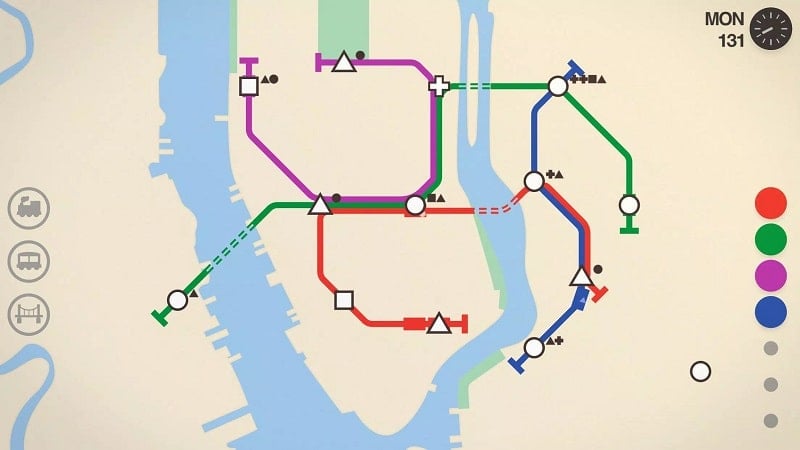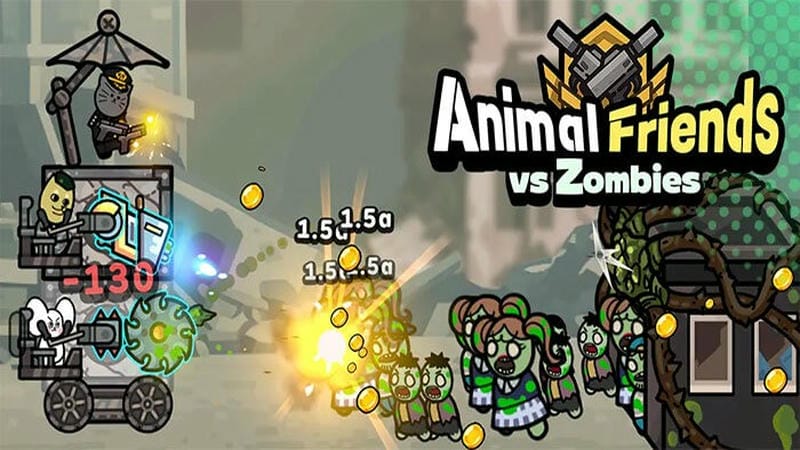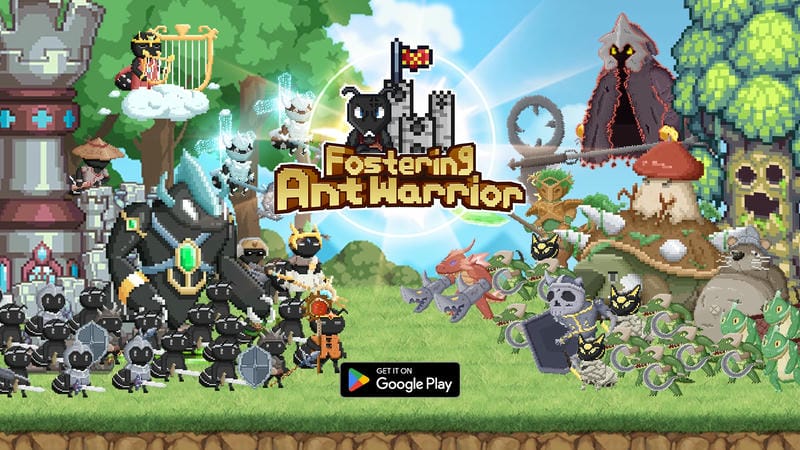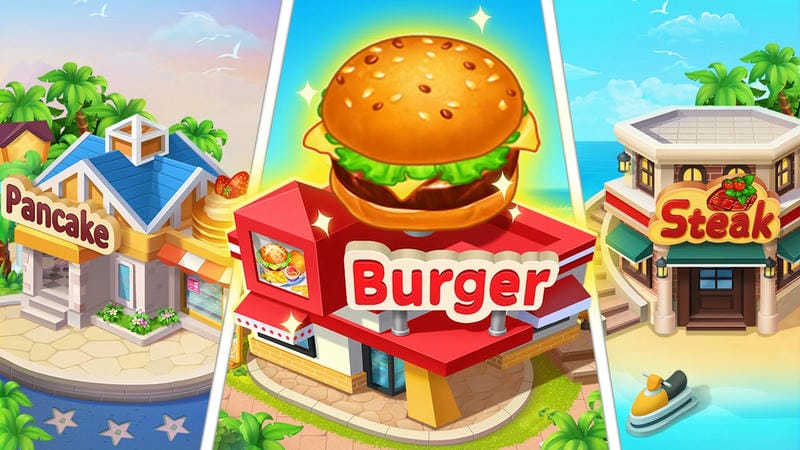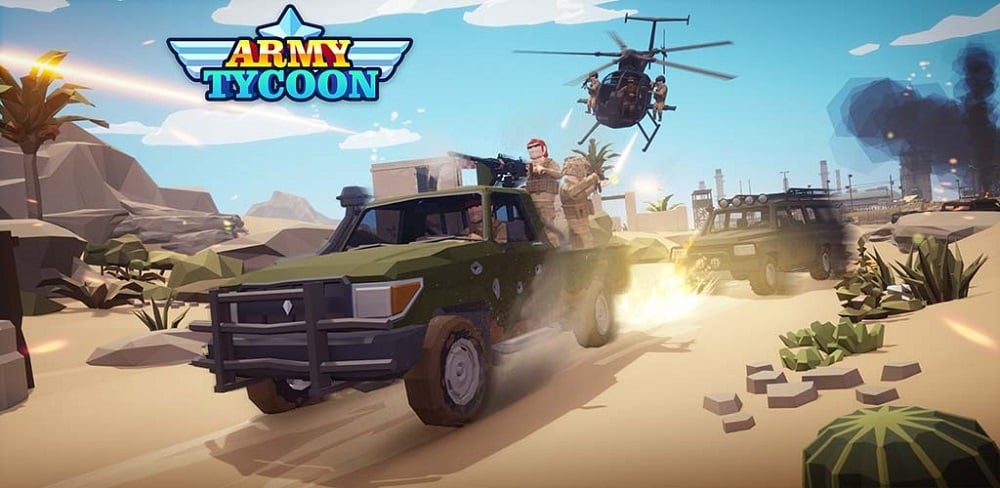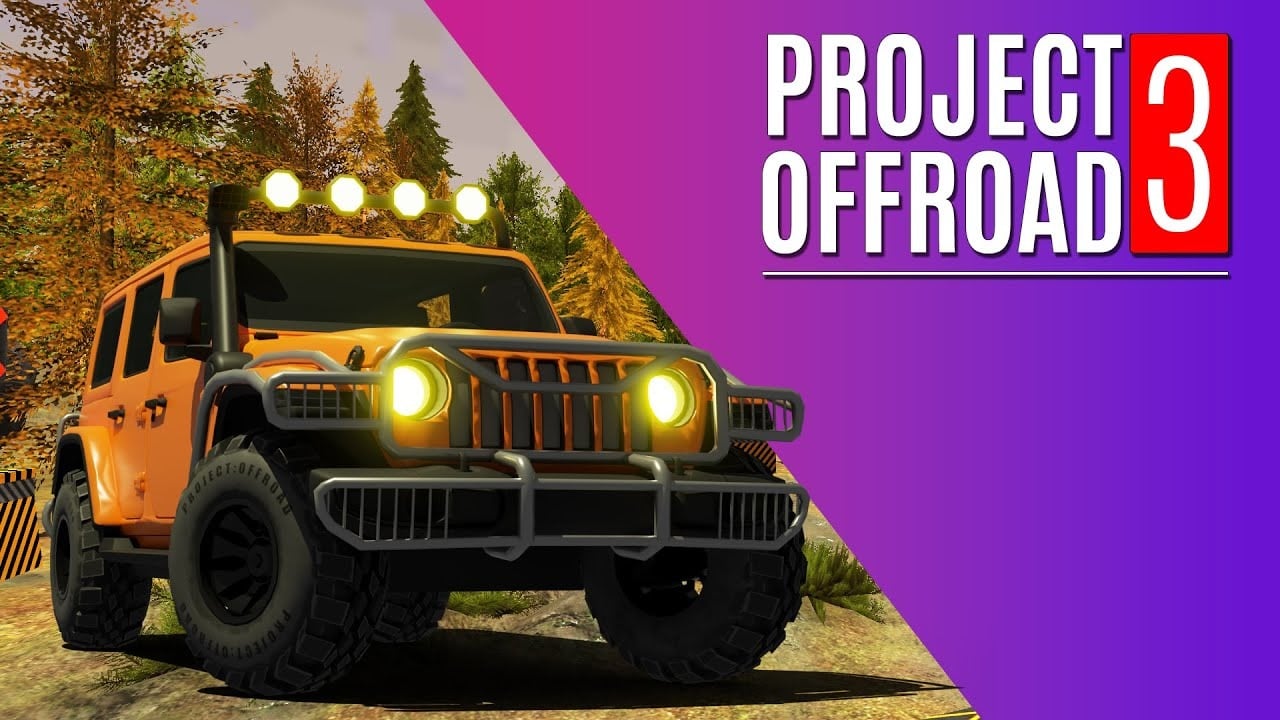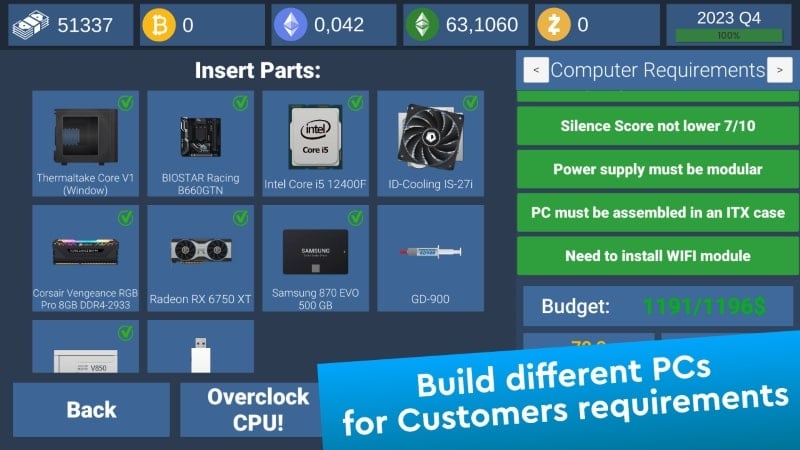Mastering the Art of Subway Design in a Growing City
Introduction to Subway Route Planning
Embarking on the challenge of designing and operating a subway system in a bustling, growing city is no small feat. Your primary task is to create efficient and well-thought-out routes that connect various stations across the city. The quality of your design will play a crucial role in the city’s development, making it essential to prioritize thoughtful planning over sheer quantity. As a designer, your ability to craft logical and effective routes will determine the success of the subway system and, ultimately, the city’s growth.
Understanding the City’s Structure
Before drawing any routes, it’s vital to analyze the city’s layout. Consider factors such as population density, key landmarks, and existing infrastructure. By understanding the city’s structure, you can strategically place stations and design routes that cater to the needs of its residents. Creative solutions are encouraged, but they must always ensure smooth and efficient movement for commuters. Your goal is to modernize the city, so every decision you make should contribute to its progress.
Building and Connecting Stations
Your mission involves more than just drawing lines on a map. You must carefully divide and position stations to ensure optimal coverage and accessibility. As the city expands, so will the demand for transportation. Upgrading and maintaining your infrastructure is crucial to keep up with this growth. By continuously improving your subway system, you can unlock new routes and expand your network, further enhancing the city’s connectivity.
Expanding Beyond a Single City
Your journey doesn’t end with one city. There are over 20 cities waiting for your expertise. Each city presents unique challenges and opportunities, allowing you to showcase your construction skills on a larger scale. Whether you’re conquering individual city levels or designing routes that connect multiple cities, your talent for subway line operation will be put to the test. The more cities you connect, the more complex and rewarding your challenges will become.
Upgrading Infrastructure for Future Growth
As your subway system evolves, so must the city’s infrastructure. Regular upgrades are essential to maintain the quality of your routes and accommodate increasing travel demands. By investing in advanced metro lines and modern facilities, you can ensure that your subway system remains efficient and reliable. These upgrades not only improve the city’s transportation network but also unlock new opportunities for expansion and innovation.
Taking on Advanced Challenges
With a solid foundation in place, you can push your design skills to the limit by tackling advanced challenges. Features like colour-blind mode and night mode add layers of complexity to your tasks, testing your ability to adapt and overcome obstacles. These challenges are designed to refine your construction and operational skills, preparing you for even greater achievements in subway design.
Conclusion: Showcasing Your Design Talent
Designing and operating a subway system in a growing city is a rewarding yet demanding task. Your ability to create efficient routes, connect stations, and upgrade infrastructure will determine the success of your subway network. With over 20 cities to explore and countless challenges to conquer, your journey as a subway designer is just beginning. Download Mini Metro MOD APK today and showcase your talent for building and operating subway lines in a dynamic and ever-expanding urban landscape.

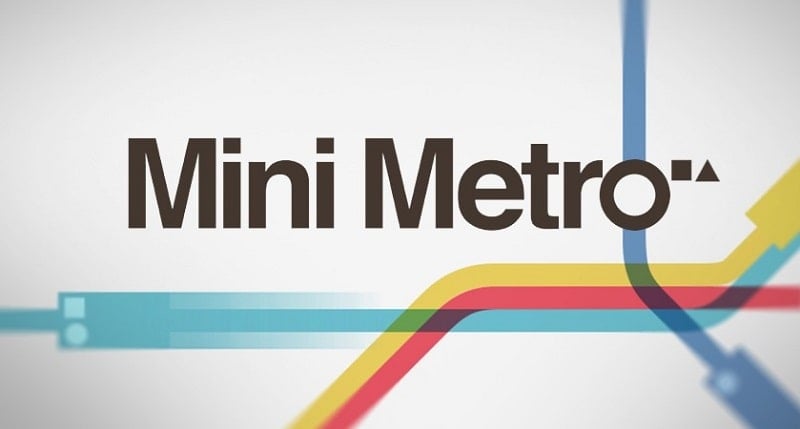
